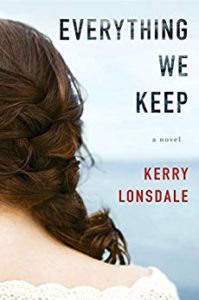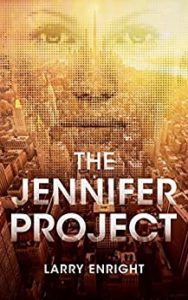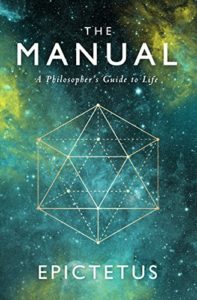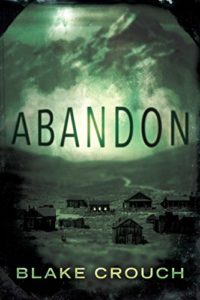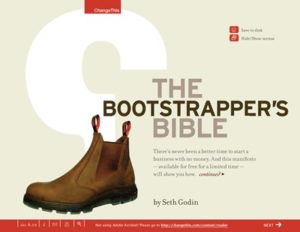A recurring theme in meditation is living in the moment. I’ve been practicing meditation for over a year, and living in the moment is a skill I’m still working on. So what does it mean to be present, to live in the moment?
Being present is about learning to let go. It’s developing the ability to let go of worries about the future and regrets about the past. It’s about letting go of the painful thoughts that cause emotional suffering. It’s about letting go of the attachments to people, things, and events that distract and agitate us. It’s not about controlling the here and now, it’s letting it flow naturally, moment by moment.
Letting go is not easy, at least it hasn’t been for me. It’s perhaps the most difficult part of learning to be consistently present in the moment. It requires adopting a different mindset. It’s taken me the better part of a year and a lot of meditation sessions, but I feel like I’m finally starting to get it. Here’s what I’ve discovered through the process.
Continue reading
